
Tag: wind


Strong gusts of wind -> lots of energy transferred to the water -> wind waves with large amplitudes
We are still in the “interesting weather” period here in Kiel. Feels more like April than like September, but I am not complaining. I love the rapid change between dark…
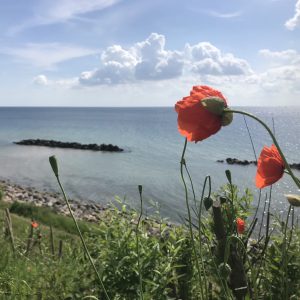
Wave watching in Kleinwaabs — and my first real Insta story!
So today (and tomorrow and the day after) is the big event that I have been working towards all year in my not-so-new-anymore job: The GEO-Tag der Natur! If you…
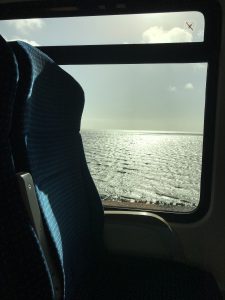
Wave watching from a train
You know how they say that the journey is the destination? That was certainly the case for my spontaneous mini-vacation yesterday (and how awesome is it that my #BestTravelBuddy is…
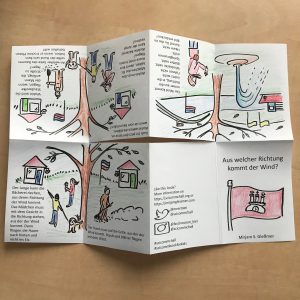
A #scicommbookforkids for #scicommchall
I hope by now you have heard about my pet project of the moment: #scicommchall! For #scicommchall, I give myself (and quite a few other people by now) monthly challenges…

When not the fetch but a funnel shapes the wave field
As you know we are currently preparing for future wave riddles. So this afternoon I went out for a wave hunt again and found something beautiful for you! The ship…
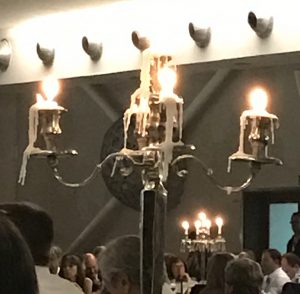
Candles in the wind. Or: The things that keep a nerd entertained during speeches at a conference dinner.
What keeps you entertained at conference dinners is probably different for different people, but we quite enjoyed watching how the candles placed closer to the door to the balcony burned…

Tiny islands, shelter from the storm and the wings of the morning
If I take the wings of the morning, and dwell in the uttermost parts of the sea…
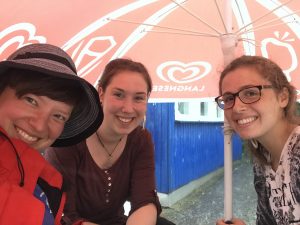
Expedition learning
Last week, we ran an “expedition learning” course for 17-year olds. They were separated into several groups, working on different topics, and mine (unsurprisingly) worked on waves. You can see…

Traces in the sand
Yes, I am really that fascinated by sand that this is the second post in a week about it. And I still think the picture below looks like the place…

Wind direction
Sometimes stormy beaches are just as interesting as stormy seas. Can you spot the prevalent wind direction below? ;-)

Wind field
Another boundary layer experience last week: On my way from work I stopped to take pictures of flags that were outside my university’s main building and that very nicely visualised the…

Shelter from the storm
Shelter from the storm, no, shelter from the breeze. But we clearly see the sheltering effect of that boat shed on the wind waves… Same thing below. And wasn’t that…

Wind waves
No matter how often I’ve seen it, I still find it absolutely fascinating how the tiniest structures can have a really visible effect on the downwind wave field. Like for…

More wave-spotting in “urban environments”
I recently started looking at waves in “urban environments” (in contrast to “on the sea”) with a new found fascination. The reason why will be revealed soon, but for now…
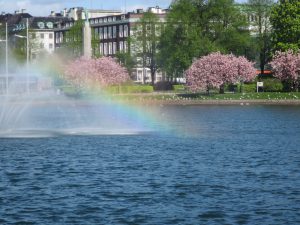
Walking around a lake to look at waves from all sides
The most awesome thing about being on vacation is that I have the time to stare at water as much as I like. For example the other day, I walked…

Weird algae stripes
The other day I was waiting for my friend and her daughter and noticed a weird stripe-y pattern in the distribution of algae. As I kept watching, the pattern started…

Langmuir circulation, take 2
Attempt at mechanistic understanding of Langmuir circulation. After complaining about how I didn’t have mechanistic understanding of Langmuir circulation recently, and how I was too lazy to do a real literature…

Langmuir circulation
We think we observed Langmuir circulation, but we don’t understand the mechanism causing it. Recently, my friend Leela came to visit Bergen and we went on a fjord cruise to…